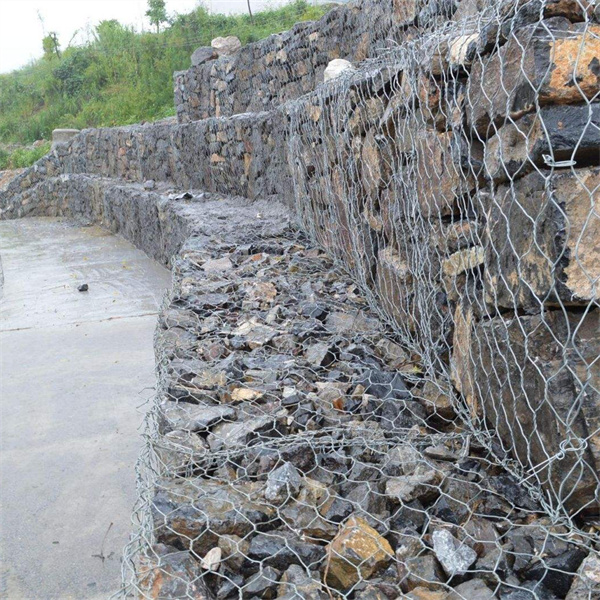nov. . 17, 2024 18:58 Back to list
Exploring the Benefits and Uses of Gabion Baskets in Modern Landscaping
The Beauty and Utility of Gabion Rocks
Gabion rocks, often seen in various landscapes, are not just functional components of civil engineering, but also elements of beauty and innovation. Traditionally used to create structures such as retaining walls, coastal defenses, and erosion control systems, gabions are wire mesh cages filled with rocks or other materials that provide both stability and durability. Their versatility makes them a preferred choice for landscaping and construction projects around the globe.
One of the primary benefits of gabion rocks is their environmental sustainability. They are designed to allow vegetation to grow within and around them, promoting biodiversity and creating natural habitats for local fauna. This ability to integrate into the natural landscape makes gabions an attractive option for eco-conscious projects. They can be used to blend a structure into its surroundings, enhancing the overall aesthetic of the area.
From a design perspective, gabion walls offer a raw, rustic look that can complement modern architecture as well as traditional designs. The varying textures and colors of the rocks can create unique visual effects, making each structure one-of-a-kind. Additionally, artists and landscape architects have begun to experiment with gabion designs, turning these functional elements into artistic statements. In parks and public spaces, gabion walls have been incorporated into seating areas, planters, and decorative features that enhance user experience.
gabion rocks

In areas prone to erosion or flooding, the use of gabion rocks is particularly beneficial. Their weight and structure provide excellent resistance against water flow, helping to protect shorelines and prevent soil erosion. This makes them an essential element in landscape management, especially in regions vulnerable to climatic changes. Furthermore, gabions can be quickly installed and require minimal maintenance, which adds to their appeal for urban planning and infrastructure projects.
In urban areas, gabion rocks can serve multiple roles. They can be used as noise barriers along highways or as windbreaks in open spaces. Their perforated design allows for the flow of air and water, helping to mitigate heat in cities and improving overall environmental quality. Moreover, they can be filled with various materials, including recycled concrete, making them a sustainable choice for modern urban design.
In conclusion, gabion rocks represent a synthesis of functionality and visual appeal in today’s environment. Their ability to harmonize with nature while providing practical solutions makes them an increasingly popular choice for architects, engineers, and designers. Whether in rural landscapes or bustling cityscapes, gabions are charting a course towards a greener, more aesthetically pleasing future. As we continue to seek sustainable construction methods, the role of gabion rocks will undoubtedly grow in significance.
-
Wire Mesh Thickness Impact on Gabion Wall Load Bearing
NewsAug.12,2025
-
Ultimate Guide to Hexagonal Gabion Box
NewsAug.12,2025
-
Types of Rocks for Gabion Baskets Durability and Aesthetics
NewsAug.12,2025
-
Standard Gabion Box Sizes and Their Industrial Applications
NewsAug.12,2025
-
Easy Guide to Building Garden Gabion Cages at Home
NewsAug.12,2025
-
Drainage Solutions for Gabion Mesh Structures
NewsAug.12,2025
-
Visualizing Gabion 3D Integration in Urban Landscapes with Rendering
NewsJul.23,2025






